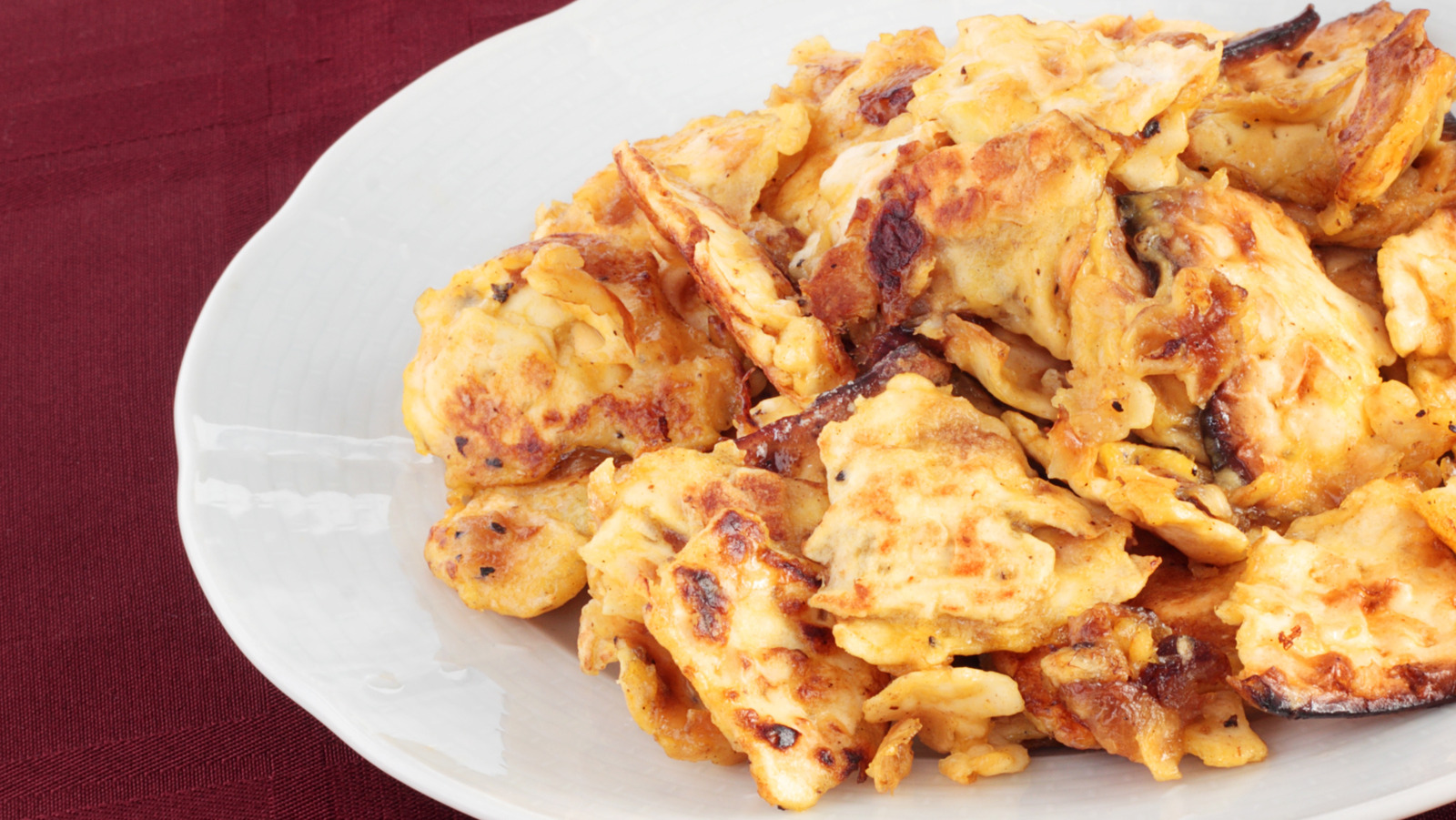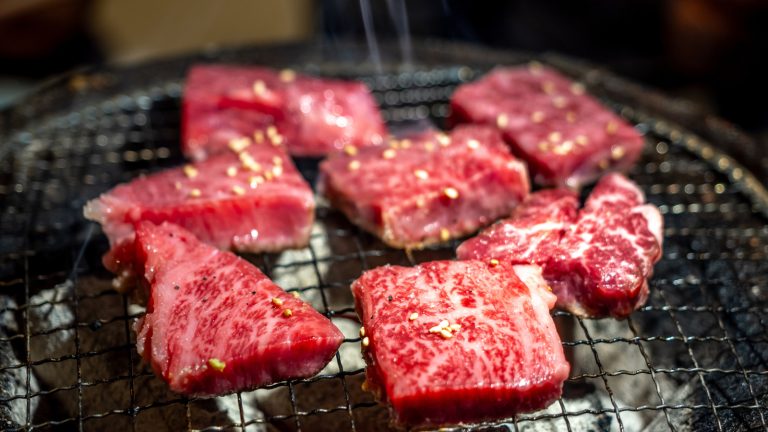When the Jewish holiday of Passover approaches, so too does the spirited discourse around traditional dishes. The reason matzo brei is a Passover staple is for the purposes of symbolism as well as the wide variety of methods for preparing the dish. The star of matzo brei, the actual matzo “bread” as it is colloquially known, symbolizes both the slavery and freedom of the Jewish people in ancient Egypt. The French toast-inspired preparation for a classic matzo brei involves soaking broken pieces of matzo in a solution of beaten eggs and milk before adding to a pan that’s been greased with melted butter and frying on the stovetop. While this is all standard practice, what happens next is the hotly contested topic of debate: Do you make it sweet or savory?
As a proud Jewish woman and third generation descendant of Eastern European immigrants, I was raised in a strictly savory household. My matzo brei, my Mother’s matzo brei, and my Bubbie’s matzo brei were all made using salt and pepper and nothing else. Friends and acquaintances often touted the virtues of a “true” French toast-style matzo brei, claiming that covering it with confectioners sugar, jam, or maple syrup (oy vey!) was the superior version, but I had my doubts. As is tradition in Jewish culture, there is no such thing as a straight answer to a single question, so I set out to do my own research.
Answering a question with more questions
When it comes to preparing a delicious matzo brei meal, it’s best to keep things simple. Between the beaten eggs, milk, and matzah mixture, there isn’t a whole lot of wiggle room other than making sure the matzah has soaked long enough to become sufficiently tender for pan frying. It might be called “bread” but it’s significantly more cracker-like in texture, so getting a good consistency is key.
Whereas salt and pepper are the standards of a savory style, you can also include additions such as caramelized onions, sauteed garlic or garlic powder, cheese, and fresh herbs. Depending on your level of observance, you’ll want to ensure that the cheese you’re buying is certified Kosher for Passover. Additionally, if your observance includes the eating of kitniyot (certain legumes), a spring pea and arugula matzo brei recipe is a great example of a savory version.
On the flip side, you’ll find recipes like cinnamon sugar matzo brei with roasted apple charoset, which combines two beloved Passover dishes in one. Charoset is another symbolic food commonly found on the Passover seder plate, which is usually made with a combination of apples, nuts, and cinnamon. Knowing that matzo can be a little difficult to stomach both for its blandness and lack of dietary fiber, it’s easy to see how a sweetened variation can be considered more palatable. Of course, there’s really no right or wrong answer for how to prepare and enjoy matzo brei, provided you do so with thoughtfulness and in moderation.






